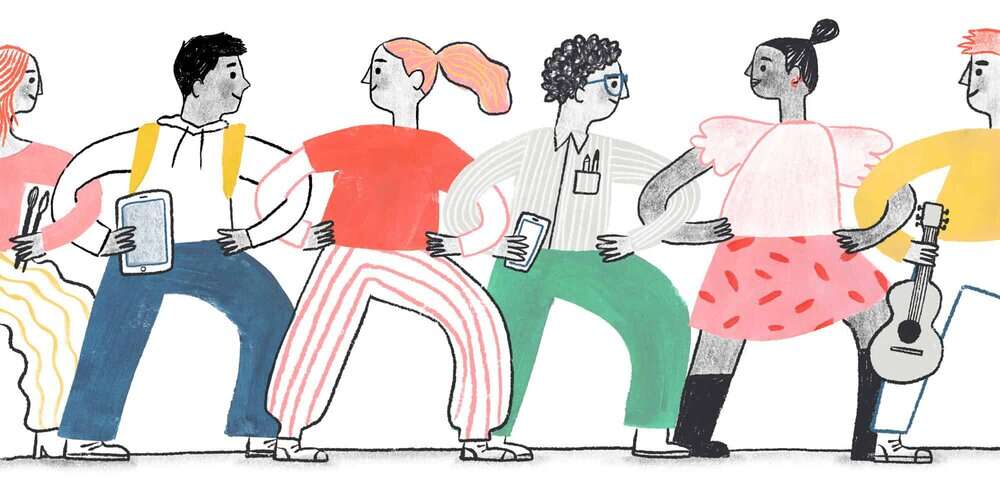Physical Activity

Being active helps both physical health and mental well-being. Regular physical activity increases energy, improves sleep and mood, and helps relieve Opens in a new tabanxiety and Opens in a new tabdepression. The resulting endorphins or “feel good” chemicals released from a single workout can reduce anxiety symptoms when they arise. Walking, jogging, yoga, and strength training can be particularly beneficial for depression. Dancing, tai chi, and qigong help, too. Exercise can also lower the risk for developing these and other mental health disorders.
How much activity is needed?
- Youth ages 5 to 17 benefit from at least 60 minutes of daily activity.
- People 18 and older should aim for 150 minutes of moderate-intensity exercise like brisk walking each week (that’s 30 minutes a day, five days a week) and two days of muscle-strengthening activity.
— submitted by a Young Person
How can you get started?
Any amount of activity that gets your heart to beat faster is a step in a healthy direction. If it’s hard to find energy to take initiative — which is especially likely if you or a young person is wrestling with depression — try starting with just five minutes a day. Slowly increase the time. Starting slowly can get you moving and may help you feel better and more motivated over time. “Exercise snacking” or short bursts of movement a few times a day add up. Bite-sized activities include taking the stairs or doing household chores.
Four tips for becoming more active
- Pick activities that you feel comfortable with and able to do regularly, such as going for a walk on your lunch break or shooting hoops with your teen after dinner.
- Find ways to have fun while being active, whether dancing to your favorite song while you’re cooking, listening to a podcast or audio book while walking, or asking a friend to join you for a run.
- If possible, exercise in nature or green space (learn more about how Time in Nature can help you).
- Choose activities that you and your child can enjoy together, whether it’s biking, walking, dancing, or yoga (it’s been shown to improve both physical and mental health in school-age children).

You can help your teen commit to physical activity by not only modeling it, but by exercising together. It can be fun to work with one another to achieve fitness goals and spend time connecting, too.











